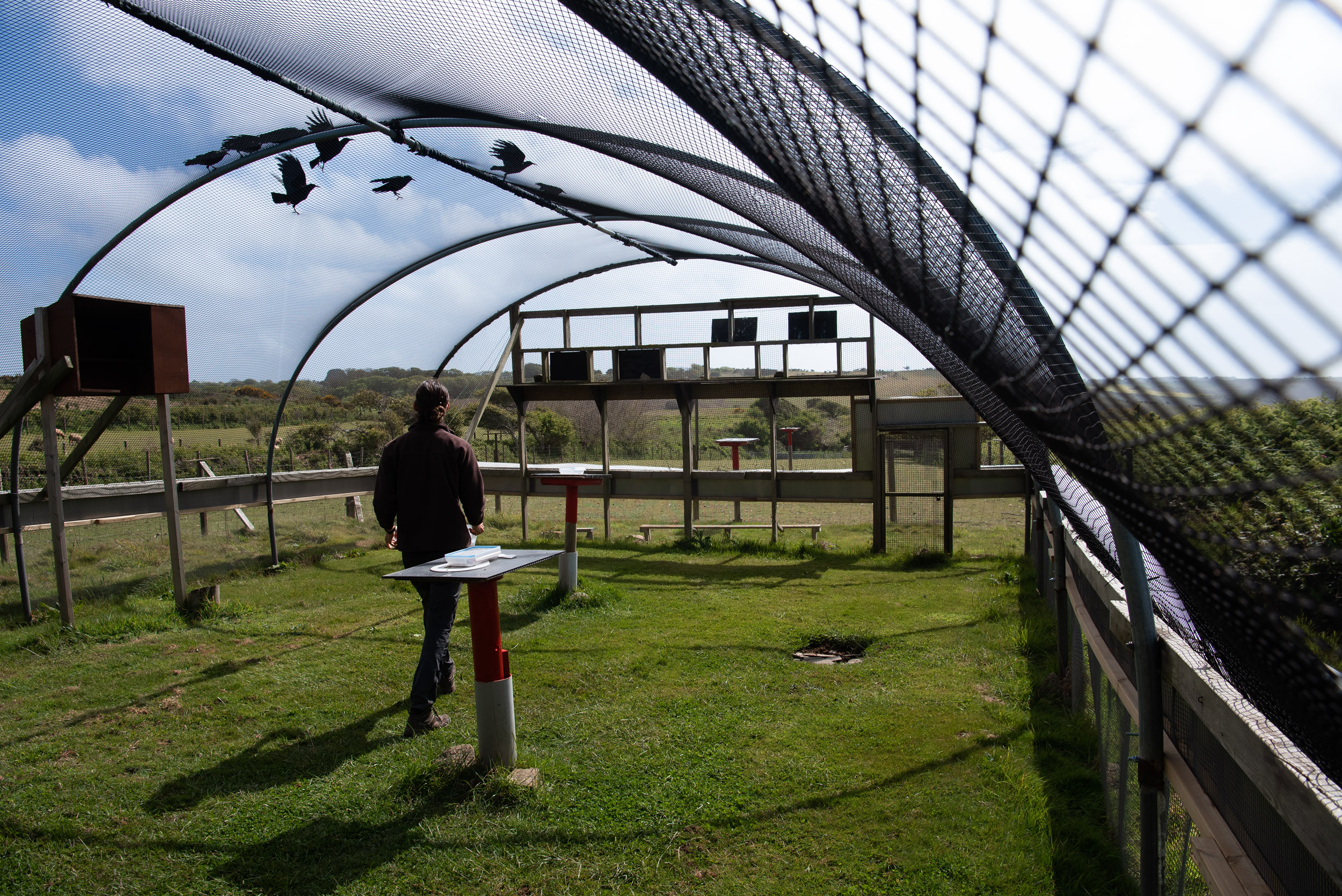Foresight research techniques
Three foresight techniques were employed: (1) horizon scanning, (2) the Delphi Method, and (3) Backcasting.
Horizon scanning is a technique used for researching signals of change in the present and their potential future impacts. This ensured a comprehensive overview of the existing development issues, and narrow them down to a set of potentially challenging ones. Data collected in this process include secondary data related to SDG targets, headlines of newspapers in the past 3 years, social media trends in the past year, and insights into the local situations by local NGOs and CSOs.
The Delphi method was employed to narrow down and prioritize the potential challenges and issues. This method was used for the design of the consultation process in which each expert has the least non-academic influence on each other. This project had two rounds of questionnaires. The first round was to cross-check the data from horizon scanning by the experts. The second round was for prioritizing identified challenging development issues.
The prioritized ones were selected as topics for the regional foresight workshop in which Backcasting was employed. It was used to design a participatory process in which stakeholders formulated their aspirations and proposed strategic directions to achieve the future.
Before the COVID-19, the regional teams prefer face-to-face interactions and consultations. The foresight techniques were included only in the regional foresight workshop. However, with the COVID-19, we need a solution for the whole project.
All the foresight techniques were adaptable because of the availability of online conferencing platforms and online survey platforms. As the team consisted mostly of younger researchers, learning new online tools was not a problem. TSRI also played a role as technician assistance for the regional teams.
SDGs contain too many topics for the Delphi Method, making the participating experts very exhausted when responding to several rounds of questionnaires. Moreover, almost no one knows all topics under SDGs enough to prioritize them with good judgement. In the end, we allowed the experts to only respond to the area(s) of their expertise.
Google Form does not work especially for a long-form that people take 4-5 hours to finish. We then shifted to Survey Monkey, which is more convenient once you understand the system. However, the learning curve is high. So we decided that SDG Move should take care of turning the questionnaire online and preliminarily processing the results for the regional teams.
Prioritized challenging SDG regional issues tend to interlink with each other.
An online consultation process is more efficient when there are no more than 10 people in a group. In a group, a facilitator and at least one note taker are needed. A facilitator increases the efficiency of the consultation. A meeting for preparation is needed before the event. Templates for note-taking should be provided.
